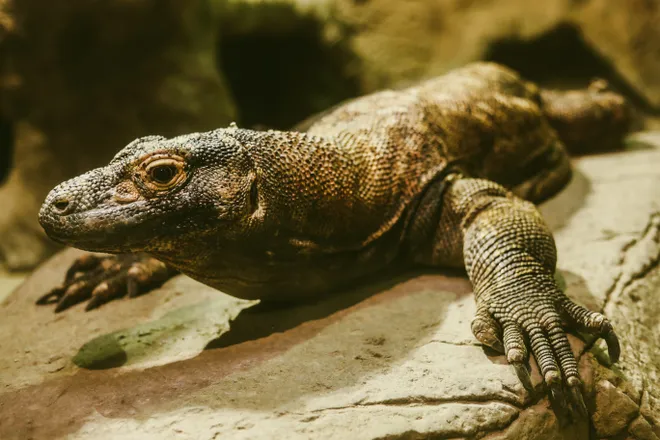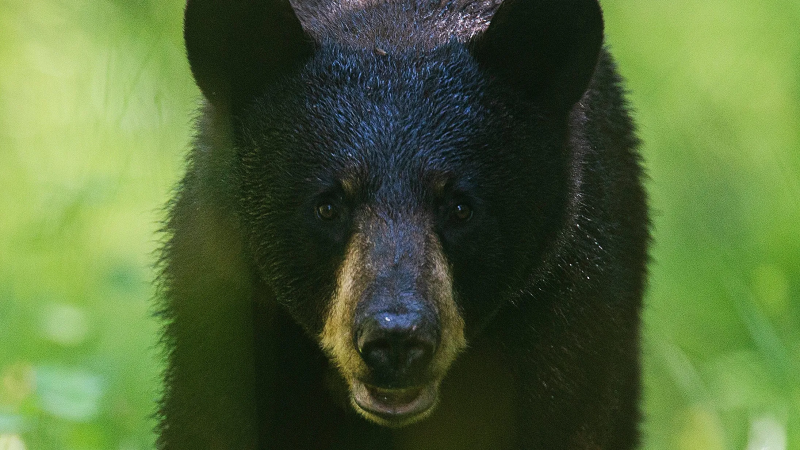Iron coated teeth, venom and bacteria: A Komodo dragon's tool box for ripping apart prey

Komodo dragons are the biggest lizards, and a new study shows just how dangerous their teeth truly are.
The study, which was led by researchers from King's College London, discovered that the Komodo dragon's teeth are coated in a thin layer of iron, making them look orange.
While some reptiles have small traces of iron in their teeth, the iron in a Komodo dragon tooth is concentrated in the serrated edge, states a press release.
"It's something that makes them more formidable," said Ryan Zach, a zoo keeper and animal care manager at Zoo Miami who's worked with Komodo dragons for around 20 years. "It gives them an extra tool."
Mistaken identity:Could T-Rex fossils found long ago be another dinosaur species? Study finds new evidence
Komodo dragons and dinosaurs
The dragon does have a common ancestor with dinosaurs, states the study, and this discovery could give scientists insight into how their prehistoric ancestors "like Tyrannosaurus rex killed and ate their prey."
"Komodo dragons have curved, serrated teeth to rip and tear their prey just like those of meat-eating dinosaurs," Aaron LeBlanc, the lead author of the study and a lecturer in dental biosciences at King’s College London, said in a statement.
Komodo dragons are scavengers and hunters who eat anything from small birds and reptiles to huge water buffalos, Zach told USA TODAY. It can rip into an animal with their razor-sharp teeth, and the bite alone would cause them to bleed to death.
The dragons have venom and an anti-coagulant in their spit that will help finish off their prey, too. They also have deadly bacteria in their mouth, but Zach said that that could take days to kill, and the animal's prey would likely bleed out before the bacteria can do much damage.
Komodos are vulnerable
Kimodoes are native to Indonesia and are found in the islands of the Lesser Sunda group, Rintja, Padar and Flores and Komodo, according to the Smithsonian's National Zoo and Conservation Biology Institute.
But their numbers are dwindling due to their limited range and poaching of their primary food source, deer.
While protections are in place, the lizards are illegally killed by villagers who poison bait to lower the population.

"This is a really cool mega predator that is only found in one very small part of the world that we have to protect," said Zach.
Thousands of people travel to sites where they can view the vulnerable lizard. Those who wish to protect the animals can do so by practicing ecotourism and supporting organizations that protect them.
Not only will tourists support organizations that aim to preserve the Komodo population, but the extra income from the tourism industry will also incentivize locals to protect the lizards, stated the Smithsonian.
Disclaimer: The copyright of this article belongs to the original author. Reposting this article is solely for the purpose of information dissemination and does not constitute any investment advice. If there is any infringement, please contact us immediately. We will make corrections or deletions as necessary. Thank you.






